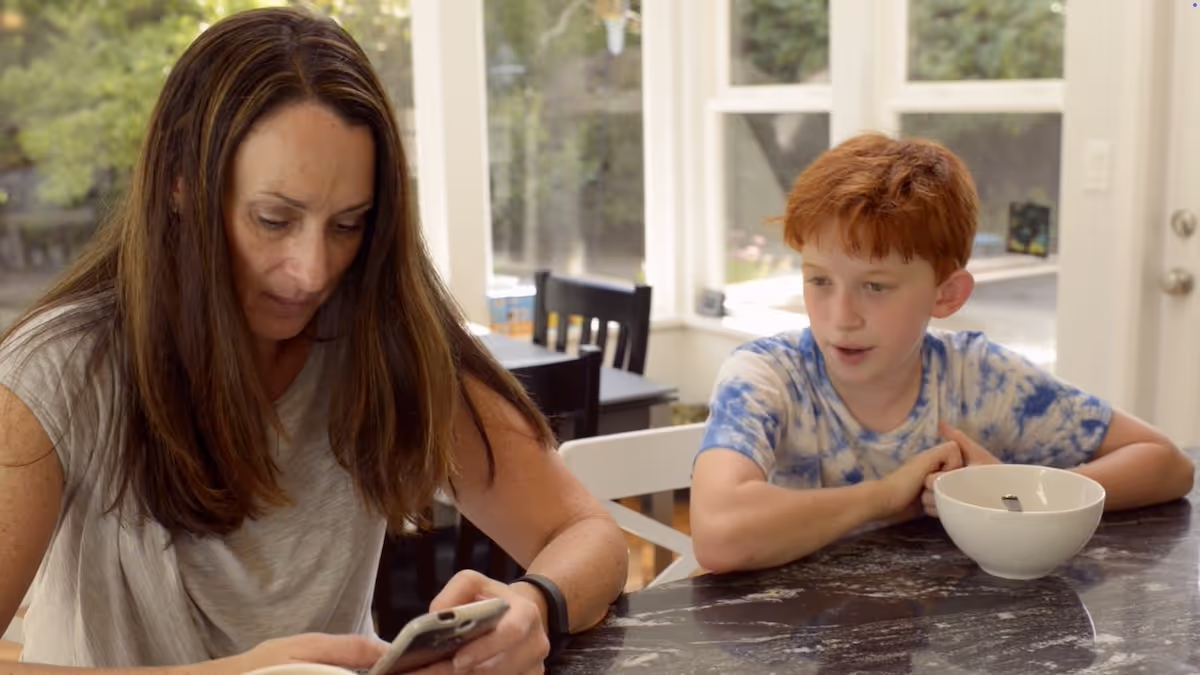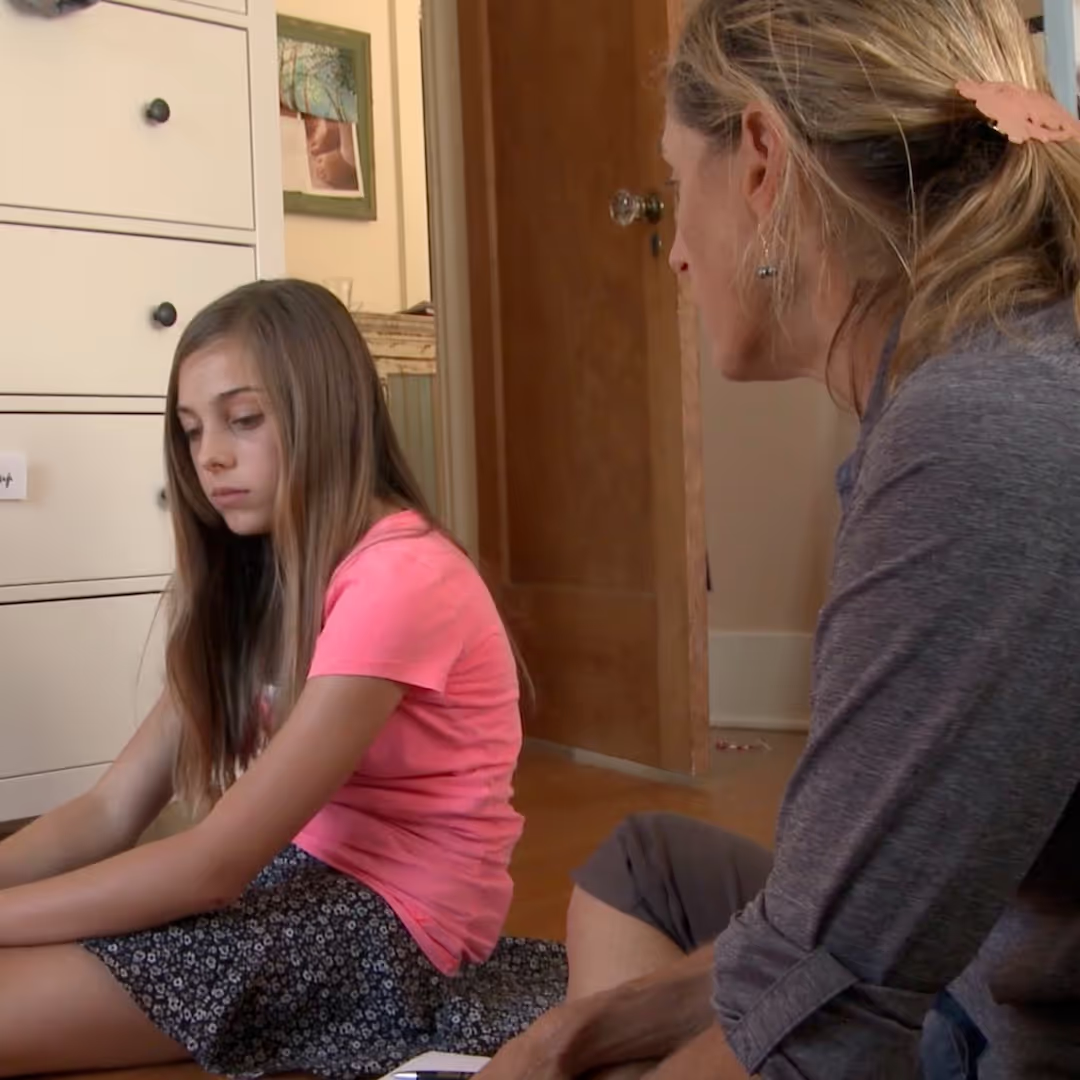


Let me explain two appreciation categories — one is the gratitude type. You can be really appreciative, i.e., grateful, that someone helped you move from one apartment to another or they watched your child while you did some errands. A teen might appreciate that their sister took the blame for the messy kitchen even though they had a part in it.
The other category of appreciation is awe and amazement. You have a great appreciation, i.e., awe, for someone's ability to do something well. Awe could be related to something big such as someone who uses their organizational skills to pull off an event that feeds hundreds of at-risk youth. Or it could be something smaller, such as appreciating a friend’s ability to get people laughing with their clever storytelling.
Today, I’m focusing on this awe-form of appreciation and how we can foster it in our kids. I believe one key way to do this is to get them to try new things. I notice my sense of awe is much greater for something I have tried myself.
Below are some examples of the power of experience as an appreciation builder.
Learn more about showing our movies in your school or community!
Join Screenagers filmmaker Delaney Ruston MD for our latest Podcast

Learn more about our Screen-Free Sleep campaign at the website!
Our movie made for parents and educators of younger kids
Learn more about showing our movies in your school or community!
I am in jaw-dropping awe when I watch gymnasts. Starting at 8-years old until I was eleven, I did gymnastics at the YMCA. I loved doing things like back walkovers and one-handed cartwheels. At the same time, many things scared the Dickens out of me. For example, when we did the vault, more times than not, I peeled away to the bathroom to hide out for a while. Another thing that didn’t scare me but I could never master was a press to handstand.
Through my own experiences and struggles with gymnastics, I gained a deep appreciation for the sport. I wanted to build that same appreciation in my kids, so I signed them up for tumbling and gymnastic classes.
My kids’ decided to do gymnastics for a relatively short time, but I am convinced that it was plenty to boost a deeper appreciation of the sport. As kids they really enjoyed our family outings to go see gymnastic meets at the University of Washington. Backflip on a balance beam — amazing!
Think about appreciating art. Do you agree that part of why we find ourselves marveling at an intricate realistic painting is that we’ve tried painting as kids?
Or let’s take a beautifully frosted cake. It is when we have tried frosting cakes do we truly appreciate the skill involved. It takes immense skill and patience. I have never come close to anything a professional baker can do. The cake crumbs always get into the frosting, the amount of frosting is never evenly spread, and my strokes never look right.
Learn more about showing our movies in your school or community!
Join Screenagers filmmaker Delaney Ruston MD for our latest Podcast

Learn more about our Screen-Free Sleep campaign at the website!
Our movie made for parents and educators of younger kids
Join Screenagers filmmaker Delaney Ruston MD for our latest Podcast
I am certain that all my mishaps with frosting help explain why one of my favorite delights is oohing and awing at cakes whenever I see them — be it at my local grocery store or a bakery I pass.
Summertime is a wonderful time to help increase feelings of awe in our kids by providing them opportunities to try new things, even the littlest of things.
As we’re about to celebrate 10 years of Screenagers, we want to hear what’s been most helpful and what you’d like to see next.
Please click here to share your thoughts with us in our community survey. It only takes 5–10 minutes, and everyone who completes it will be entered to win one of five $50 Amazon vouchers.
Let me explain two appreciation categories — one is the gratitude type. You can be really appreciative, i.e., grateful, that someone helped you move from one apartment to another or they watched your child while you did some errands. A teen might appreciate that their sister took the blame for the messy kitchen even though they had a part in it.
The other category of appreciation is awe and amazement. You have a great appreciation, i.e., awe, for someone's ability to do something well. Awe could be related to something big such as someone who uses their organizational skills to pull off an event that feeds hundreds of at-risk youth. Or it could be something smaller, such as appreciating a friend’s ability to get people laughing with their clever storytelling.
Today, I’m focusing on this awe-form of appreciation and how we can foster it in our kids. I believe one key way to do this is to get them to try new things. I notice my sense of awe is much greater for something I have tried myself.
Below are some examples of the power of experience as an appreciation builder.
I am in jaw-dropping awe when I watch gymnasts. Starting at 8-years old until I was eleven, I did gymnastics at the YMCA. I loved doing things like back walkovers and one-handed cartwheels. At the same time, many things scared the Dickens out of me. For example, when we did the vault, more times than not, I peeled away to the bathroom to hide out for a while. Another thing that didn’t scare me but I could never master was a press to handstand.
Through my own experiences and struggles with gymnastics, I gained a deep appreciation for the sport. I wanted to build that same appreciation in my kids, so I signed them up for tumbling and gymnastic classes.
My kids’ decided to do gymnastics for a relatively short time, but I am convinced that it was plenty to boost a deeper appreciation of the sport. As kids they really enjoyed our family outings to go see gymnastic meets at the University of Washington. Backflip on a balance beam — amazing!
Think about appreciating art. Do you agree that part of why we find ourselves marveling at an intricate realistic painting is that we’ve tried painting as kids?
Or let’s take a beautifully frosted cake. It is when we have tried frosting cakes do we truly appreciate the skill involved. It takes immense skill and patience. I have never come close to anything a professional baker can do. The cake crumbs always get into the frosting, the amount of frosting is never evenly spread, and my strokes never look right.
I am certain that all my mishaps with frosting help explain why one of my favorite delights is oohing and awing at cakes whenever I see them — be it at my local grocery store or a bakery I pass.
Summertime is a wonderful time to help increase feelings of awe in our kids by providing them opportunities to try new things, even the littlest of things.
Sign up here to receive the weekly Tech Talk Tuesdays newsletter from Screenagers filmmaker Delaney Ruston MD.
We respect your privacy.
Let me explain two appreciation categories — one is the gratitude type. You can be really appreciative, i.e., grateful, that someone helped you move from one apartment to another or they watched your child while you did some errands. A teen might appreciate that their sister took the blame for the messy kitchen even though they had a part in it.
The other category of appreciation is awe and amazement. You have a great appreciation, i.e., awe, for someone's ability to do something well. Awe could be related to something big such as someone who uses their organizational skills to pull off an event that feeds hundreds of at-risk youth. Or it could be something smaller, such as appreciating a friend’s ability to get people laughing with their clever storytelling.
Today, I’m focusing on this awe-form of appreciation and how we can foster it in our kids. I believe one key way to do this is to get them to try new things. I notice my sense of awe is much greater for something I have tried myself.
Below are some examples of the power of experience as an appreciation builder.


Parenting in this digital age is full of challenges. I imagine many of you are nodding in agreement. And when we look for advice online, it can feel like a sea of perfect experts with perfect advice: “Just follow these three easy steps and everything will fall into place.” In this week’s blog, I share a story about a moment with my daughter Tessa that did not go quite as planned but ended up teaching us both something important.
READ MORE >
Wow! Summer really goes by fast, doesn’t it? Back-to-school is already here for some and not far away for others. Ahead of this school year, I’ve hand-picked four of our most useful blogs. Practical, timely guides to help you set your family up for a healthier, more balanced relationship with technology in the months ahead.
READ MORE >for more like this, DR. DELANEY RUSTON'S NEW BOOK, PARENTING IN THE SCREEN AGE, IS THE DEFINITIVE GUIDE FOR TODAY’S PARENTS. WITH INSIGHTS ON SCREEN TIME FROM RESEARCHERS, INPUT FROM KIDS & TEENS, THIS BOOK IS PACKED WITH SOLUTIONS FOR HOW TO START AND SUSTAIN PRODUCTIVE FAMILY TALKS ABOUT TECHNOLOGY AND IT’S IMPACT ON OUR MENTAL WELLBEING.
